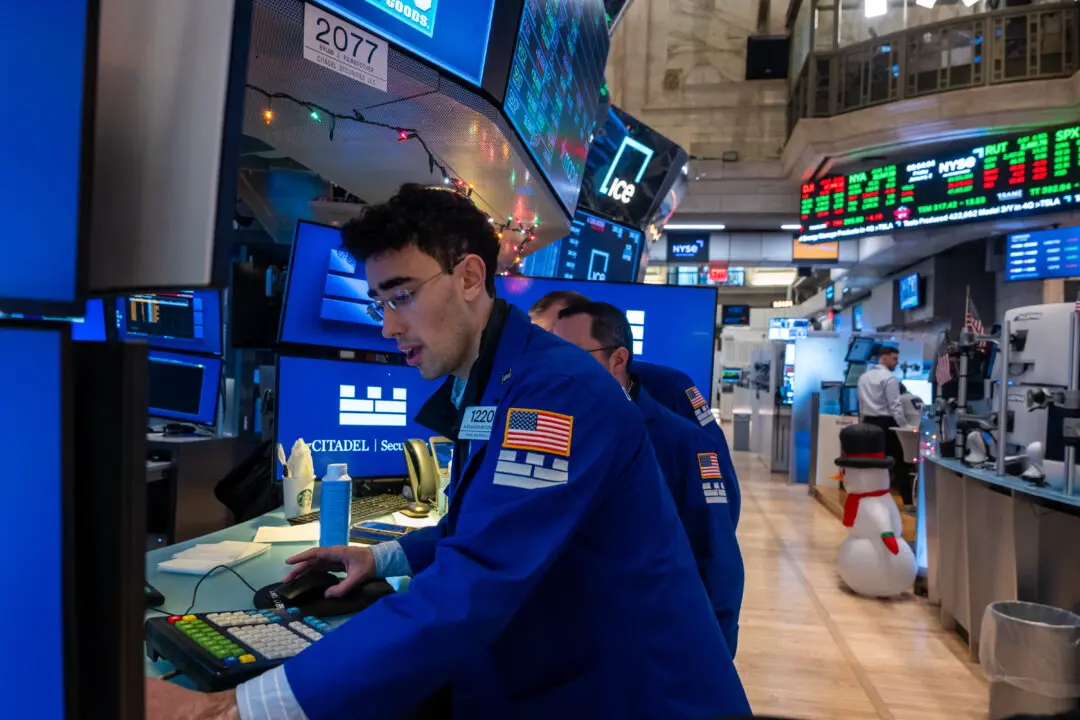Commentary
On March 12, the Federal Reserve Board, alongside the Federal Deposit Insurance Corp. (FDIC) and the U.S. Treasury, announced plans—in the wake of the failure of Silicon Valley Bank (SVB)—to provide liquidity to U.S. banks in an attempt to “bolster the capacity of the banking system to safeguard deposits and ensure the ongoing provision of money and credit to the economy.” Can we, therefore, trust that the U.S. banking system is now safe?





